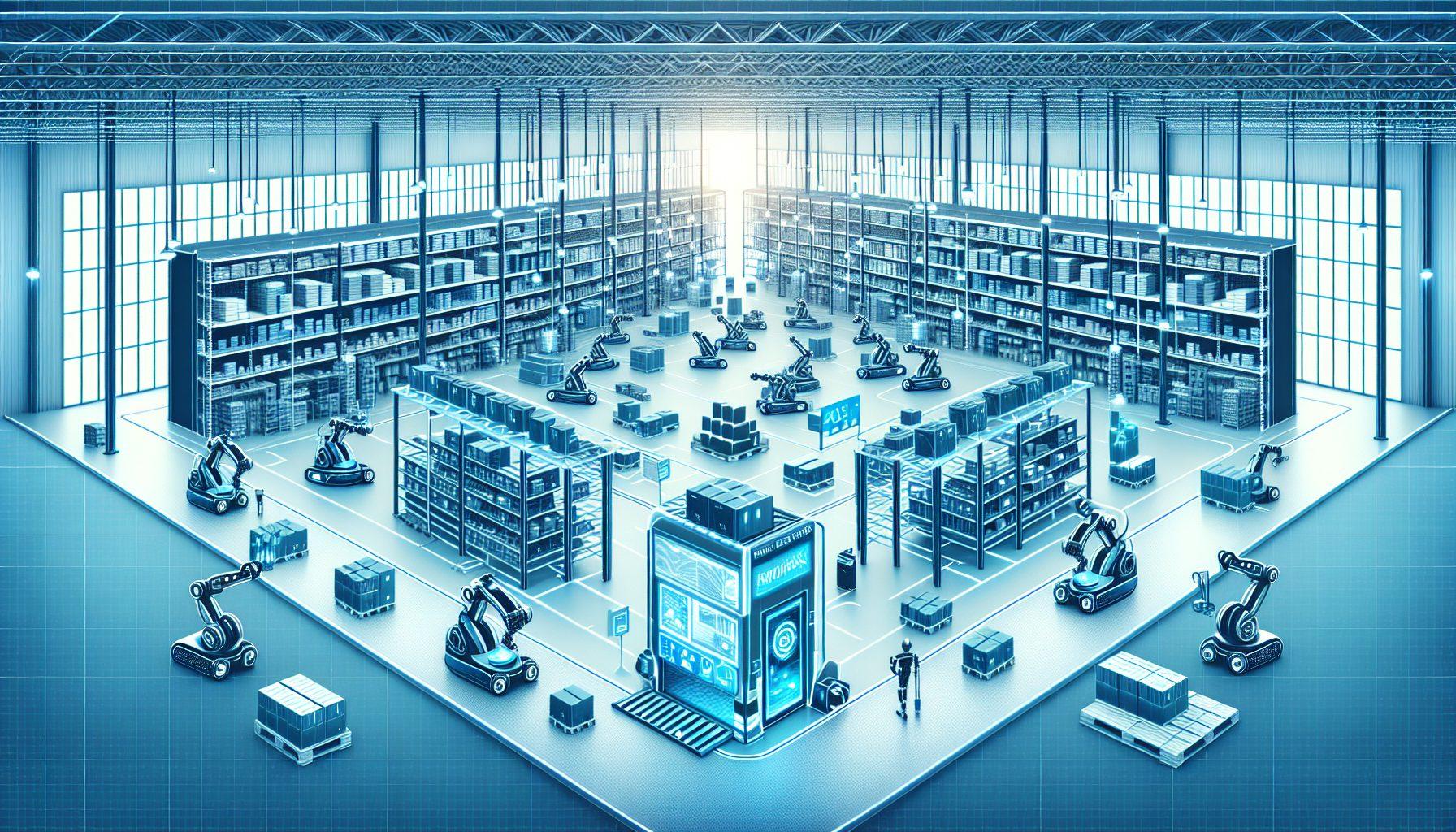In today’s highly competitive business landscape, warehouse operations play a crucial role in supply chain efficiency and customer satisfaction. Warehouse managers are constantly looking for ways to optimize their operations, increase productivity, and reduce costs. One area that has proven to be immensely beneficial in achieving these goals is the integration of advanced technology solutions.
The Impact of Technology on Warehouse Cost Savings
The emergence of advanced technologies has revolutionized the way warehouses operate. These innovative solutions have significantly improved safety, productivity, efficiency, and ultimately, cost-effectiveness within warehouse operations. Let’s explore the various ways technology is helping warehouses achieve substantial cost savings:
1. Automated Warehouse Management Systems (WMS)
An automated Warehouse Management System (WMS) is a software solution that streamlines and automates various warehouse processes, such as inventory management, order fulfillment, and shipping. By implementing a WMS, warehouses can optimize inventory levels, reduce stockouts, and eliminate manual data entry errors. These improvements lead to reduced operational costs and increased productivity.
Furthermore, a WMS provides real-time visibility into inventory and order status, allowing warehouse managers to make data-driven decisions and optimize warehouse layout, layout, and picking routes. This optimization saves time, reduces labor costs, and minimizes travel distances, resulting in significant cost savings.
2. Warehouse Robotics
The integration of robotics technology in warehouses has transformed the way goods are handled and stored. Automated guided vehicles (AGVs) and autonomous mobile robots (AMRs) assist in material movement, picking, and packing processes. These robots can operate 24/7, tirelessly and precisely, reducing human errors and increasing efficiency.
By leveraging warehouse robotics, companies can achieve significant labor cost savings. Robots can handle repetitive and labor-intensive tasks, allowing human workers to focus on more complex and value-added activities. Additionally, robots can work in collaboration with human workers, further enhancing overall productivity and reducing operational costs.
3. Advanced Analytics and Predictive Maintenance
Technology solutions that utilize advanced analytics enable warehouses to gather and analyze vast amounts of data in real-time. By harnessing this data, warehouse managers can identify operational inefficiencies, bottlenecks, and areas for improvement.
Moreover, advanced analytics can provide valuable insights into customer demands and help optimize inventory levels to reduce carrying costs. By accurately forecasting demand patterns, warehouses can eliminate excess inventory and avoid stockouts, leading to substantial cost savings.
Predictive maintenance is another technology-driven approach that reduces operational costs. By implementing sensors and IoT devices within warehouse machinery and equipment, potential maintenance issues can be identified and addressed proactively. This proactive approach eliminates costly downtime, prevents unexpected breakdowns, and extends the lifespan of equipment, resulting in considerable cost savings.
4. Warehouse Optimization Software
In addition to WMS, there are software solutions designed specifically for warehouse optimization. These solutions utilize algorithms and data analytics to optimize storage locations, pick paths, and workflows, ensuring efficient and streamlined warehouse operations.
By adopting warehouse optimization software, warehouses can maximize storage capacity, minimize travel time, and reduce operational costs. Efficient space utilization reduces the need for additional storage facilities and overhead costs, while optimized workflows minimize labor requirements and boost productivity.
5. Cloud Computing
Cloud computing has emerged as a game-changer for warehouse operations. By leveraging cloud-based solutions, warehouses can access real-time data, collaborate with suppliers and customers, and integrate various systems seamlessly. Cloud solutions also eliminate the need for expensive on-premises infrastructure, making technology accessible and affordable for businesses of all sizes.
Cloud-based solutions offer scalability, flexibility, and cost-effectiveness, providing warehouses with the ability to adapt to changing business requirements without the need for significant investments in hardware or software infrastructure.
Conclusion
Technology continues to reshape the warehousing industry, driving significant cost savings and operational efficiencies. Solutions like automated Warehouse Management Systems, robotics, advanced analytics, warehouse optimization software, and cloud computing are transforming traditional warehouses into intelligent, data-driven operations.
By embracing these technological advancements, warehouse managers can enhance safety, improve productivity, increase efficiency, and ultimately reduce costs. Whether it’s through streamlining operations, optimizing inventory levels, or minimizing maintenance expenses, technology is proving to be a game-changer for warehouse cost savings.
HCO Innovations, a leading provider of warehouse optimization solutions, can help your business leverage technology to unlock substantial cost savings. With their expertise in enhancing safety, productivity, efficiency, and cost-effectiveness within warehouse operations, HCO Innovations can guide you in harnessing advanced technologies to achieve your warehouse optimization goals. To learn more about their services, visit HCO Innovations.

